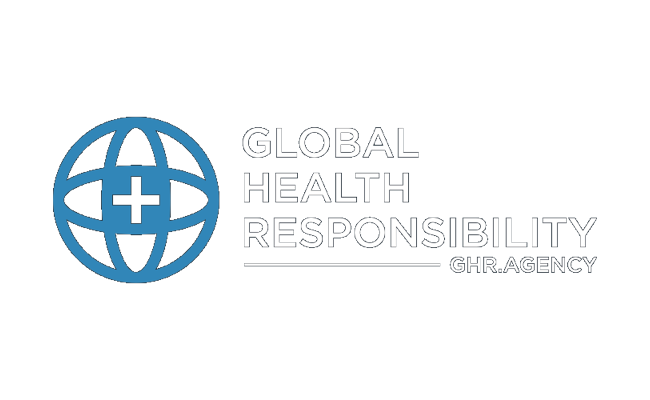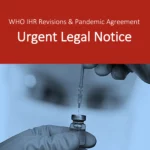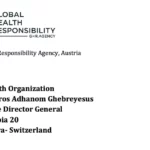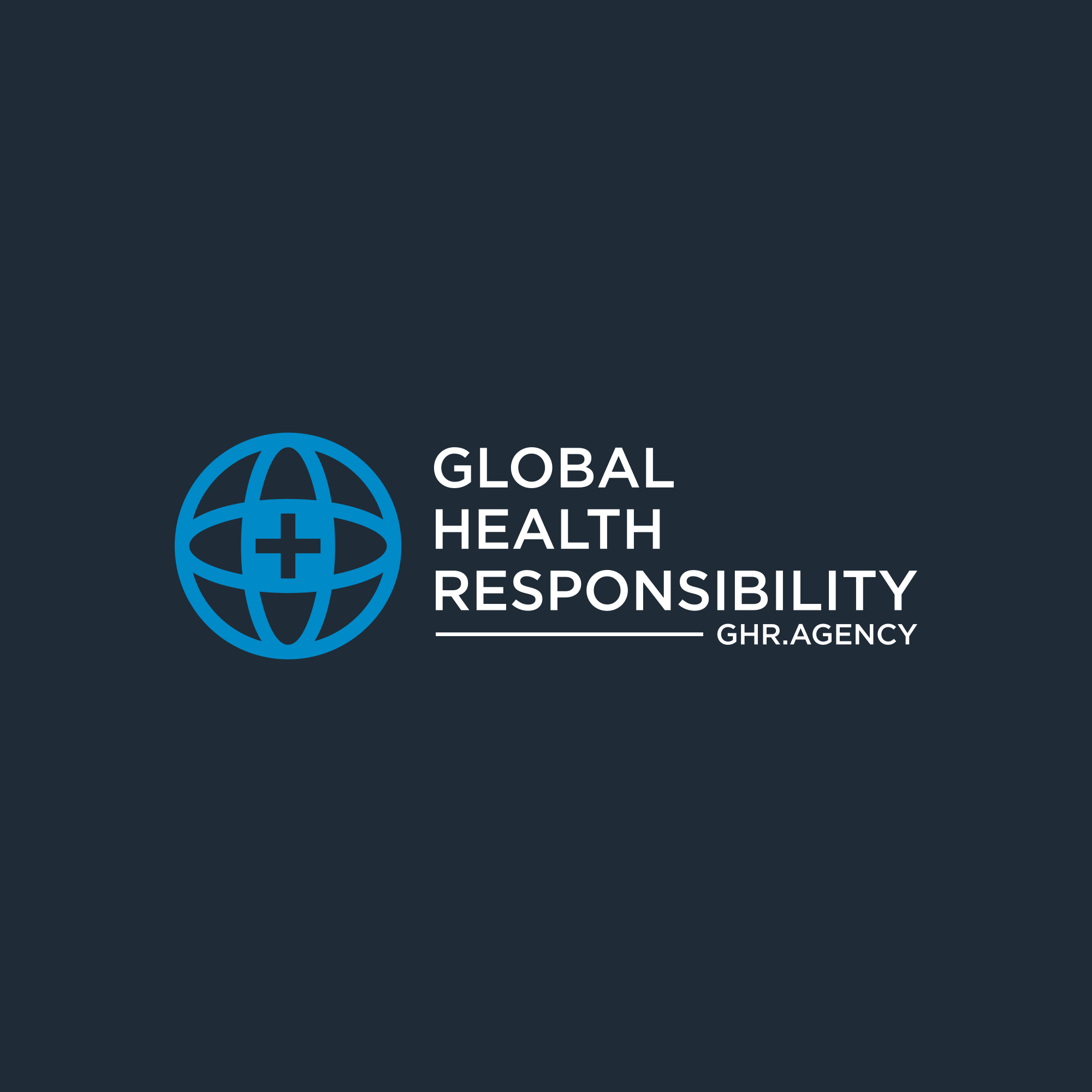What are the IHR?
The only international treaty in force regulating cross border health threats are the International Health Regulations 2005 (IHR), which are governed under the administrative framework of the World Health Organization (WHO).
The IHR Secretariat administers the IHR, the official site can be found here.
A treaty of international law under the auspices of WHO
The IHR can be traced back to the earliest efforts of international cooperation in the mid 19th century when quarantine measures were used as trade barriers, an objective which still holds true for the IHR. However, under Art. 21 of the Constitution of the WHO, the World Health Assembly (WHA) is vested with the power to adopt “sanitary and quarantine requirements and other procedures designed to prevent the international spread of disease”. Thus, these regulations enter automatically into force except the Member State informs the Director-General (DG) of the express rejection according to Art. 22 WHO Constitution.
The current IHR
The accession status of 196 States Parties reflect the universal legitimacy of the IHR provisions how to lawfully contain cross-border health threats, which were adopted by the WHA in 2005 after an intergovernmental negation process under the auspices of WHO. The last revision in 2005 changed the concept of the IHR profoundly through the establishment of fundamentally new legal concepts of international law and the law of international organizations, especially with regard to the executive authority of the DG to proclaim a “public health emergency of international concern”.
Governing purpose
The purpose and scope of the IHR are “to prevent, protect against, control and provide a public health response to the international spread of disease in ways that are commensurate with and restricted to public health risks, and which avoid unnecessary interference with international traffic and trade,” according to Art. 2 IHR.
Implementation principles
Art. 3 IHR set out the principles of implementation, which
– – shall be with full respect for the dignity, human rights and fundamental freedoms of persons;
– – guided by the Charter of the United Nations and the Constitution of the WHO;
– – guided by the goal of their universal application for the protection of all people of the world from the international spread of disease;
– – States have, in accordance with the Charter of the United Nations and the principles of international law, the sovereign right to legislate and to implement legislation in pursuance of their health policies, in doing so they should uphold the purpose of these Regulations.
Consequences of the legal force of the IHR
By virtue of the legal force of the IHR as an international treaty, the articles of the Vienna Convention of the Law on Treaties, which are universally acknowled as part of customary international law, are applicable. First, Art. 26 VCLT spells out the most eminent and basic legal principle “pact sunt servanda” that every treaty in force is binding upon the parties to it and must be performed by them in good faith. Second, the IHR provisions have to be interpreted in good faith in accordance with the ordinary meaning to be given to the terms of the treaty in their context and in the light of its object and purpose, as Art. 31 VCLT requests.
The laws of state responsibility, i.e. the Draft Articles on Responsibilty of States of Internationally Wrongful Acts, are the principles governing when and how a state is held responsible for a breach of the IHR. Rather than set forth any particular obligations, the rules of state responsibility determine, in general, when an obligation has been
breached and the legal consequences of that violation.
The entire implementation of the IHR, which is tantamount to the Covid-pandemic response by the world community, has to depart from the common purpose and principles of the IHR, constituting international obligations and in turn triggering state responsibility for a lawful mitigation of cross-border health threats.







